Description
Value Added Reporting: In Theory, Practice, and Research by P. Mohana Rao is a comprehensive and insightful exploration of the concept and implementation of value-added reporting in the corporate world. Rao, an esteemed scholar and expert in the field, presents a thorough analysis of the theoretical foundations, practical applications, and empirical research related to value-added reporting. This book is an essential guide for professionals, researchers, and students interested in understanding and utilizing value-added reporting as a valuable financial analysis and decision-making tool.
In this book review, we will provide an in-depth analysis of the key aspects of Value Added Reporting. We will explore the book’s summary, analysis and evaluation, comparison to other relevant works, interpretation and themes, characterization, the author’s background, writing style, opinions of readers, the book’s pros, and our final verdict on its value and contribution to the field of accounting and finance.
Value Added Reporting: In Theory, Practice, and Research begins with a comprehensive overview of the concept of value-added reporting, its historical development, and its significance in the contemporary business landscape. Rao elucidates the underlying theories and frameworks that support value-added reporting, providing a solid foundation for readers to grasp its practical applications.
The book then delves into the practical implementation of value-added reporting, examining the various methods and techniques employed by organizations to measure and report value creation. Rao provides numerous case studies and real-world examples that illustrate how companies can leverage value-added reporting to enhance their financial performance and strategic decision-making processes.
Additionally, Rao explores the latest research on value-added reporting, highlighting empirical studies and academic literature that shed light on its effectiveness and limitations. He critically analyzes the challenges faced by researchers and practitioners in this field, paving the way for future avenues of exploration and improvement.
Rao’s analysis of value-added reporting is meticulous and comprehensive. He skillfully blends theoretical concepts with practical insights, allowing readers to understand the subject matter from both academic and applied perspectives. The book is well-structured and organized, with each chapter building upon the previous one to create a logical flow of information.
One of the book’s strengths is its extensive use of case studies and real-world examples, which provide readers with a practical understanding of how value-added reporting can be implemented across diverse industries. The inclusion of empirical research findings adds credibility and enhances the book’s academic value, making it suitable for both practitioners and researchers.
Rao’s writing style is clear and accessible, devoid of unnecessary jargon, which makes the book highly readable and engaging. He strikes a balance between technical discussions and broader conceptual explanations, ensuring that readers with varying levels of familiarity with the subject can grasp the content effectively.
When comparing Value Added Reporting: In Theory, Practice, and Research to other books in the field, Rao’s work stands out for its comprehensive approach. While some books may focus solely on theoretical aspects or practical applications, Rao successfully combines both, creating a holistic and well-rounded exploration of the topic.
Moreover, the inclusion of extensive empirical research sets this book apart from others. Rao effectively synthesizes existing studies, highlighting the strengths and weaknesses of value-added reporting as an accounting tool. This comparative analysis provides readers with a broader perspective and encourages critical thinking on the subject.
Through Value-Added Reporting: In Theory, Practice, and Research, Rao explores several key themes and interpretations related to the concept of value-added reporting. One significant theme is the notion that value-added reporting goes beyond traditional financial reporting by incorporating non-financial metrics and indicators. Rao emphasizes the importance of considering intangible assets, social and environmental impacts, and stakeholder interests in measuring and reporting value creation.
Another interpretation highlighted in the book is the potential for value-added reporting to enhance corporate transparency and accountability. Rao argues that by providing a more comprehensive view of a company’s performance and value generation, value-added reporting can foster trust among stakeholders and improve decision-making processes.
In Value Added Reporting: In Theory, Practice, and Research, the focus is primarily on the concept and practice of value-added reporting itself, rather than individual characters. The book does, however, showcase numerous real-world examples and case studies that illustrate how organizations have implemented value-added reporting successfully. These examples serve as characterizations of companies that have embraced value-added reporting and reaped the benefits of enhanced financial analysis and decision-making.
About the Author:
P. Mohana Rao, the author of Value Added Reporting: In Theory, Practice, and Research, is a highly respected scholar and expert in the field of accounting and finance. With an extensive academic background and practical experience, Rao brings a wealth of knowledge and expertise to this book. He has published numerous research papers and held key positions in academic institutions, contributing significantly to advancing accounting and financial reporting practices.
Rao’s writing style in Value Added Reporting: In Theory, Practice, and Research is scholarly yet accessible. He presents complex concepts clearly and concisely, ensuring that readers can understand and engage with the material regardless of their prior knowledge. The use of real-world examples, case studies, and empirical research findings adds depth and relevance to the content, making it highly engaging and informative.
What People Say About This Book:
Reviews and feedback from Value Added Reporting: In Theory, Practice, and Research readers have been overwhelmingly positive. Many readers appreciate the book’s comprehensive coverage of the subject matter, its practical focus, and the integration of theoretical frameworks and empirical research. The accessible writing style and the inclusion of real-world examples have also been widely praised, as they facilitate understanding and application of value-added reporting principles.
- Comprehensive coverage of value-added reporting from theoretical, practical, and research perspectives.
- Clear and accessible writing style that caters to a wide range of readers.
- Inclusion of case studies and real-world examples that enhance understanding and application.
- Extensive use of empirical research findings to support arguments and provide insights.
- Well-structured and organized content, creating a logical flow of information.


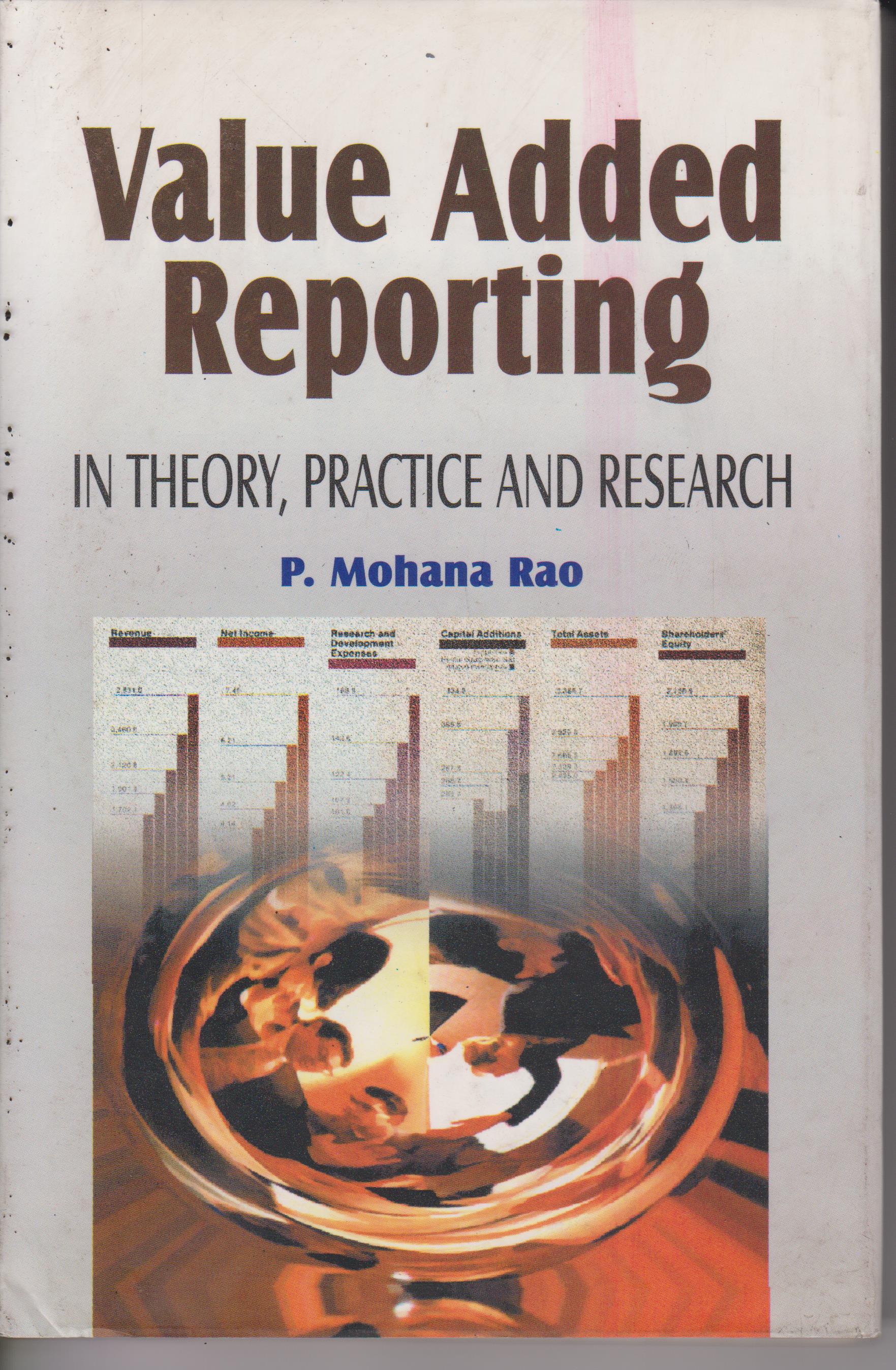

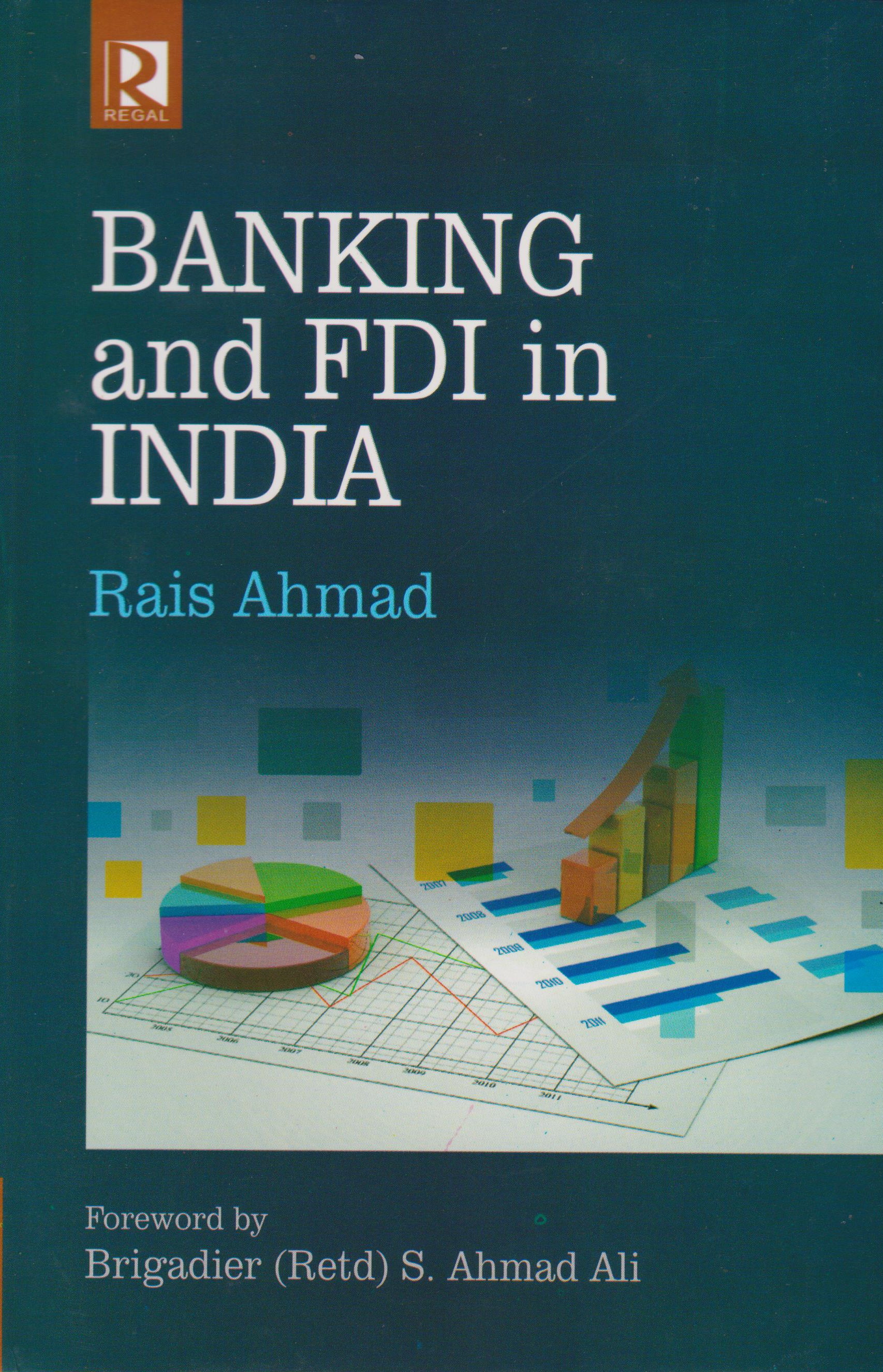
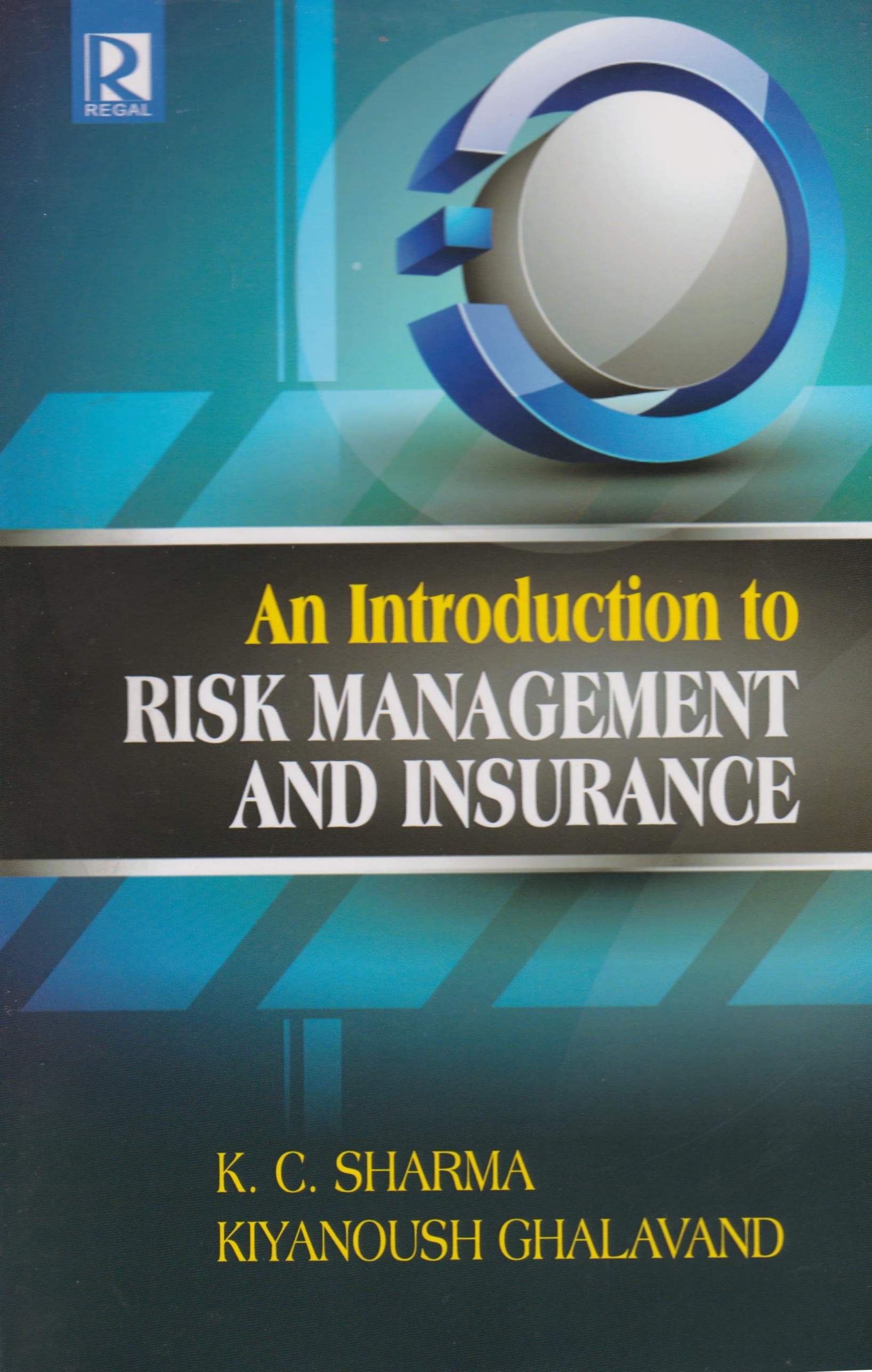
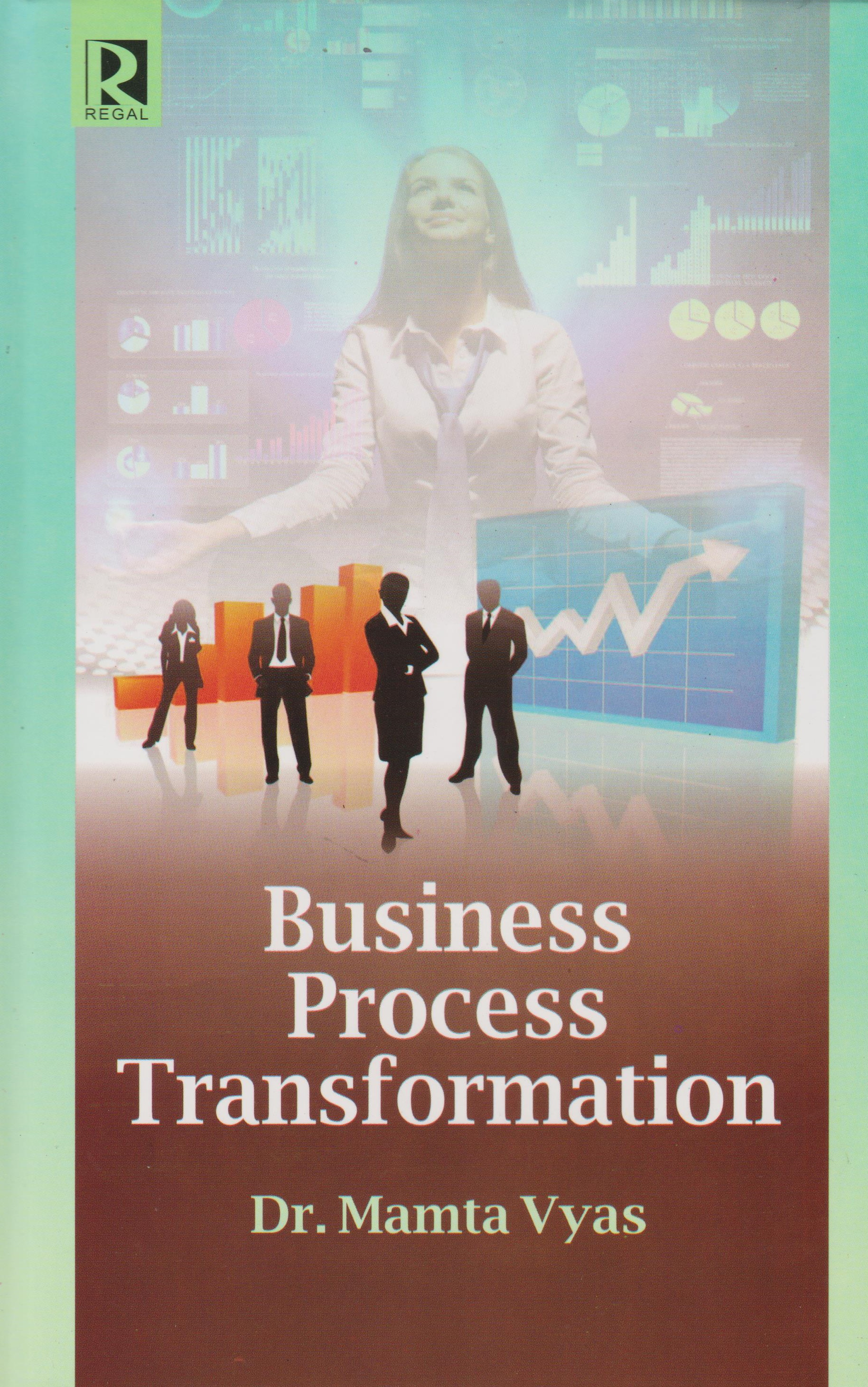



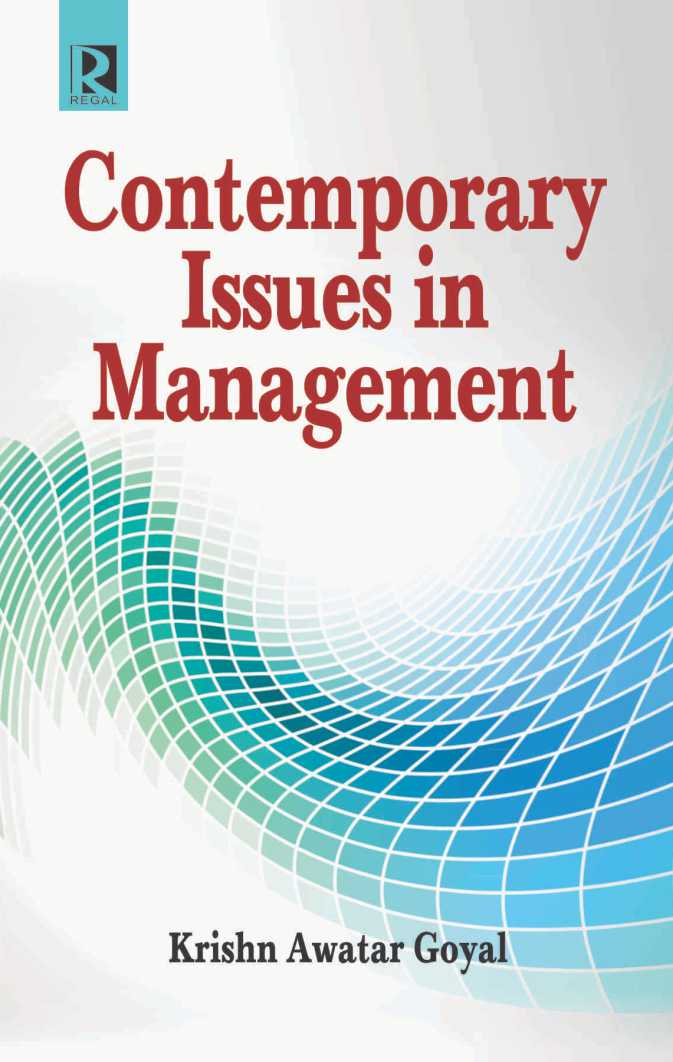
Reviews
There are no reviews yet.